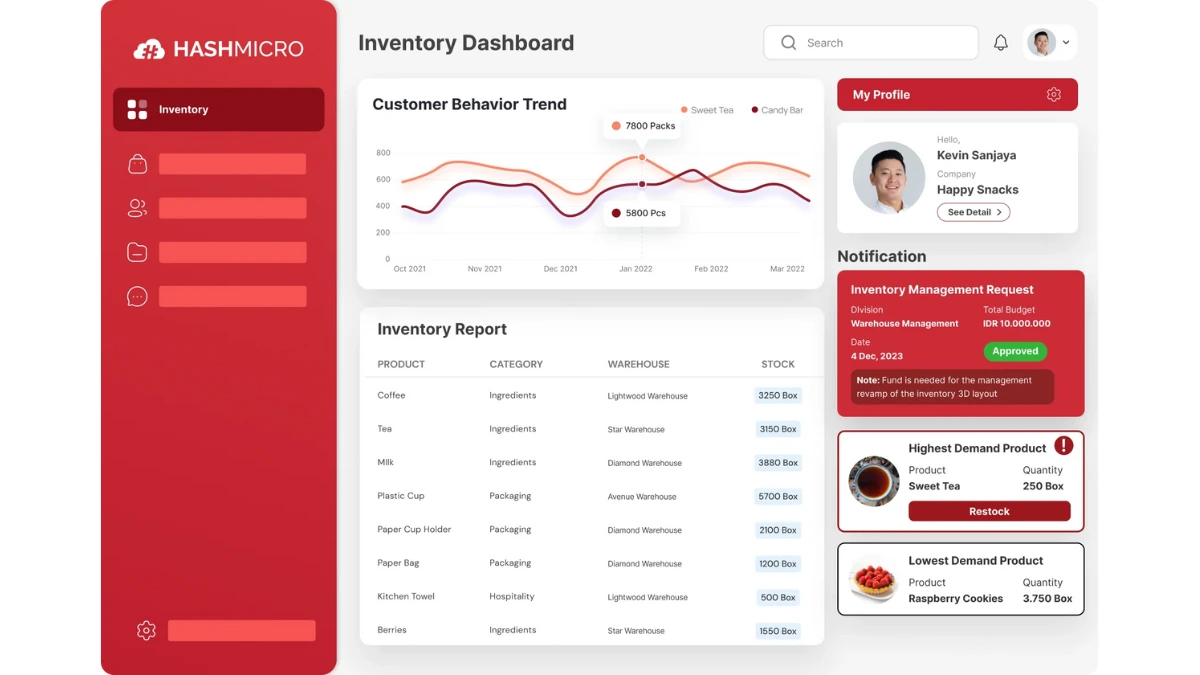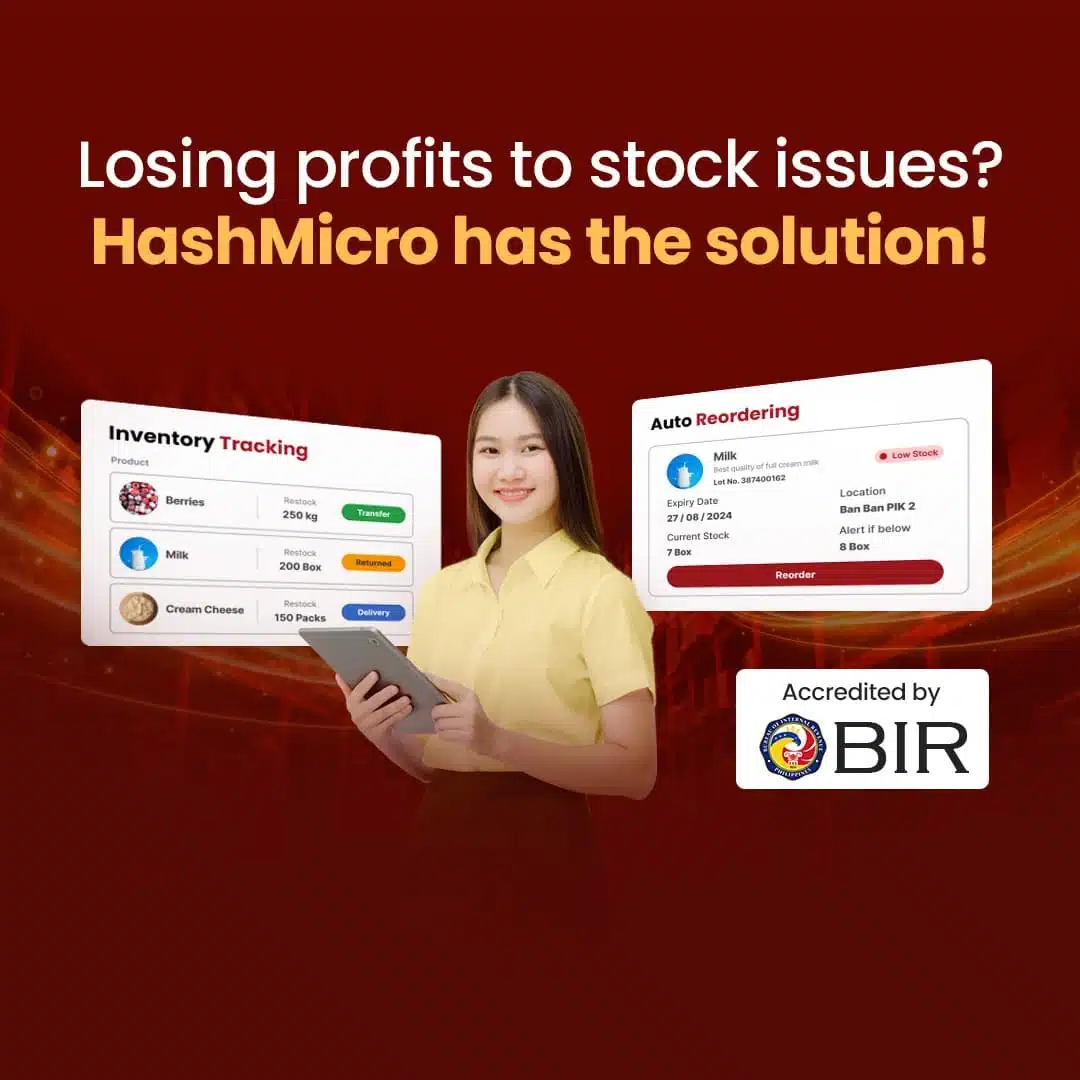What if a simple miscalculation in your inventory could cost your business thousands each month? This is the daily challenge many managers face when trying to maintain the perfect PAR-level.
Mistakes in setting PAR levels often result in either stock shortages that hurt customer satisfaction or excess inventory that leads to spoilage and wasted cash flow. Balancing these conflicting needs requires careful monitoring and adaptive strategies.
According to a survey by Enverga University Foundation in Quezon Province, over 60% of small restaurants faced significant waste and cash-flow issues due to inconsistent PAR-level practices. The data clearly shows the importance of mastering PAR level control.
In this article, you’ll learn how to calculate PAR levels accurately and discover an advanced HashMicro inventory software solution that helps you maintain optimal stock, saving time and money.
Table of Contents

What are PAR Levels?
PAR level, which stands for Periodic Automatic Replacement, refers to the minimum amount of inventory a restaurant should always have on hand to meet regular demand. It forms the foundation of a PAR-level inventory system, helping restaurants avoid shortages while staying cost-efficient.
Effective PAR level management is a balancing act between maintaining a target inventory level and minimising excess. Restaurants must stock just enough to handle daily operations, including unexpected large orders, without risking spoilage or tying up cash in unused inventory.
Ignoring or mismanaging PAR-level inventory management can result in stockouts, food waste, or customer dissatisfaction. A well-planned reorder level strategy ensures best-selling menu items are always available, boosting guest satisfaction and team morale.
What Are the Benefits of Using PAR Levels to Manage Stock?
Using PAR levels isn’t just about keeping shelves stocked. It’s a smart strategy that helps restaurants stay efficient, cost-effective, and responsive to customer needs. When implemented properly, PAR-level management can transform your inventory system into a well-oiled operation that supports long-term success.
-
Improved inventory accuracy and organization
Implementing a PAR level inventory system brings structure to what is often a chaotic process of stock management. It helps you track usage patterns, avoid over-ordering, and reduce the chances of running out of key items.
With clear PAR-level management, your team can make smarter and quicker decisions about what to reorder and when. This level of organization saves both time and resources, allowing your restaurant to operate more smoothly.
-
Better control of food waste
By maintaining the right target inventory level, you reduce the risk of overstocking perishable ingredients that may expire before use. PAR level inventory management encourages you to stock only what’s needed, which prevents waste and supports sustainable operations.
This not only protects your profit margins but also aligns with growing consumer expectations around sustainability. In the long run, this leads to cleaner operations and less financial loss from spoilage.
-
Cost savings through efficient procurement
Setting an accurate reorder level based on PAR level calculations helps prevent unnecessary purchases and lowers inventory carrying costs. You’ll spend less on emergency restocking and avoid locking up capital in excess stock.
A refined PAR-level management strategy ensures purchasing decisions are timely and budget-conscious. Ultimately, this approach can contribute significantly to reducing operational expenses.
-
Boosted profitability and cash flow
When you manage inventory using PAR level inventory management, you free up cash that would otherwise be tied up in unused stock. This means more liquidity for marketing efforts, staff training, or equipment upgrades.
Keeping stock levels in check also allows for quicker inventory turnover, which is vital for perishable goods. Altogether, these improvements enhance profitability and promote healthier business growth.
-
Improved customer satisfaction and staff efficiency
Nothing disappoints a customer more than learning their favourite dish is unavailable due to poor stock planning. With a well-maintained PAR level inventory system, you reduce the chances of stockouts, ensuring consistent menu availability.
It also streamlines operations for your staff, who no longer need to scramble to find missing ingredients. This combination of reliability and efficiency leads to better service and happier customers.
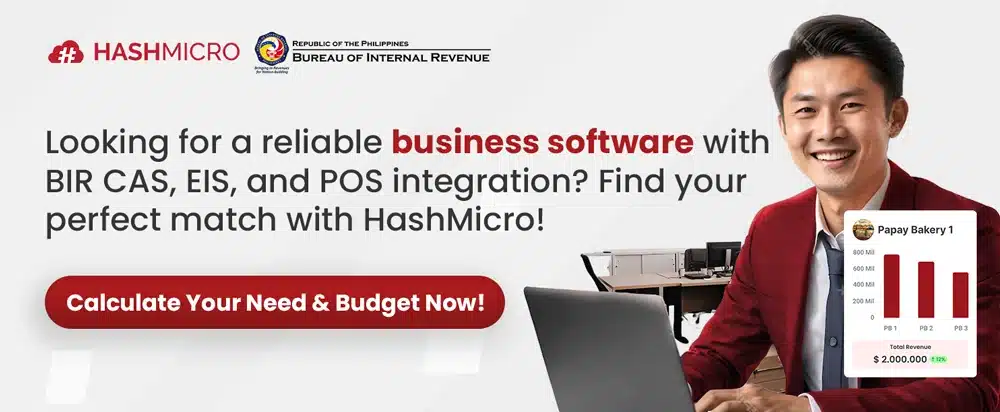
How to Calculate PAR Levels for Each Inventory Item
Calculating PAR level begins with understanding your weekly inventory usage, which reflects how much of a specific item you typically consume based on customer demand. This data helps establish a reliable target inventory level that ensures you can consistently meet operational needs.
Next, factor in how often you receive deliveries, as this determines how frequently you can restock each item. Divide your total weekly usage (plus a bit of safety stock) by the number of deliveries per week to avoid unnecessary shortages or overstocking.
The formula for calculating PAR is:
(Weekly Inventory Use + Safety Stock) ÷ Deliveries Per Week = Recommended PAR Level.
When applied correctly, this approach enhances your PAR level inventory system, supports accurate reorder level tracking, and strengthens overall PAR level management.
Example PAR Level Calculation
Let’s say your restaurant uses 8 cases of chicken per week and you want to keep a safety stock of 2 cases. With two deliveries scheduled each week, your total needed inventory becomes 10 cases, and your PAR level would be 5 cases per delivery.
If your current stock after delivery is only 3 cases, then you need to place an order for 2 more to meet the recommended target inventory level. This simple calculation helps maintain the right reorder level and prevents shortages without overstocking.
While the formula is straightforward, PAR-level management requires consistency and flexibility. Changes in demand, seasonality, or menu updates should prompt regular reviews within your PAR-level inventory system to ensure every item stays aligned with real-time usage patterns.
How Do You Use PAR Levels When You Reorder Stock?
Using PAR-level management when reordering stock helps streamline the entire procurement process and prevents costly mistakes. By referring to a detailed list of each item’s target inventory level, you can confidently place orders based on actual demand rather than guesswork.
Start by subtracting your current inventory from the item’s PAR level to determine the regular reorder quantity. This ensures your reorder level is met without overstocking, keeping your kitchen well-stocked and operations smooth.
If you anticipate higher demand—such as a private event or seasonal rush—you can factor in “extra PAR” to increase your order temporarily. This flexibility is one of the strengths of a well-maintained PAR-level inventory system, allowing your restaurant to adapt quickly while maintaining efficiency.
What Is the Difference Between a PAR Level and Reorder Point?
While both PAR level and reorder point systems help manage inventory effectively, they serve slightly different purposes. The PAR level inventory system focuses on maintaining a consistent target inventory level, whereas the reorder point is based on supplier lead time and anticipated usage.
In PAR level management, you set a minimum quantity that should always be available, triggering an order when stock falls below that number. Meanwhile, the reorder method calculates the optimal time to restock based on how long it takes to receive the item, helping ensure shelves are never empty.
Restaurants often benefit more from PAR-level inventory management due to the perishable nature of their stock and limited storage space. On the other hand, retail businesses may prefer reorder points since they typically have more space and deal with non-expiring items, making higher inventory levels more manageable.
Manage your PAR Level with HashMicro Inventory Management Software
HashMicro offers a powerful inventory management system that supports effective PAR level management, helping businesses maintain the ideal stock quantities at all times. With automated workflows, companies can accurately track inventory, streamline reordering based on reorder level, and minimize manual errors in managing their target inventory level.
Experience the benefits of PAR level optimization with HashMicro’s advanced inventory solution through a free demo. Discover how automated stock monitoring and intelligent replenishment help maintain accurate PAR levels, reduce waste, and ensure efficient inventory turnover.
Why Choose HashMicro? Our inventory management system is equipped to support precise PAR-level inventory management by automating critical tasks like real-time stock level tracking, low stock alerts, automatic reordering, and stock expiration notifications.
Below are some of the key features of HashMicro’s inventory management software that support effective PAR level management:
- Run Rate Reordering Rules: Run rate reordering rules automatically calculate when and how much stock to reorder based on usage patterns. This prevents stockouts and overstocking, ensuring optimal inventory levels are maintained.
- Stock Forecasting: Stock forecasting uses historical data and trends to predict future inventory needs. Accurate forecasts reduce waste and improve purchasing efficiency by aligning orders with actual demand.
- FEFO – First Expiry First Out: FEFO prioritizes the use of inventory items that will expire soonest. This method minimizes product spoilage and reduces losses due to expired stock.
- Product Expiry Management: Expiry management tracks product expiration dates and sends alerts for items nearing expiry. Timely notifications help businesses reduce waste and improve inventory turnover.
- Replenishment Product with Multiple Action: This feature automates the replenishment process using various criteria such as sales velocity and stock levels. Automation leads to more efficient restocking and fewer manual errors.
- Stock Reservations & Reporting: Stock reservations allow allocation of inventory for specific orders before fulfillment. This ensures availability for prioritized sales and improves order accuracy.
- Stocks per Warehouse with Qty on Hand, Forecast In, Forecast Out and Forecast Qty: This feature provides real-time visibility of inventory quantities and forecasted stock movements per warehouse. Enhanced visibility enables better planning and prevents unexpected shortages or surpluses.
- Stock Aging Report: Stock aging reports analyze how long inventory items have been held in stock. Identifying slow-moving items allows businesses to make informed decisions on promotions or stock adjustments.
- Fast Moving Slow Moving Stocks Analysis: This analysis categorizes inventory based on turnover rates. Knowing which products move quickly or slowly helps optimize stocking strategies and reduce holding costs.
- Stock take and Inventory Adjustment Management: Regular stock takes and adjustments ensure inventory records match physical stock levels. Accurate records reduce discrepancies, improve audit readiness, and support better decision-making.
These capabilities enhance inventory accuracy, reduce unnecessary spending, and streamline stock control workflows. With HashMicro, managing PAR levels becomes more efficient, supporting smarter decisions, greater operational efficiency, and long-term profitability.
Conclusion
Understanding the PAR level enables businesses to maintain the optimal stock level, meeting demand without overspending or wasting inventory. Proper calculation and management of PAR levels enhance efficiency, reduce costs, and increase profitability.
HashMicro’s inventory management system automates PAR-level management with real-time tracking and smart reorder alerts, making it easier to maintain optimal stock levels. This powerful tool reduces errors and streamlines your inventory processes for better control and savings.
Experience the benefits yourself by trying HashMicro’s free demo today. See how automation and accurate PAR-level inventory management can transform your stock control and drive business growth.













